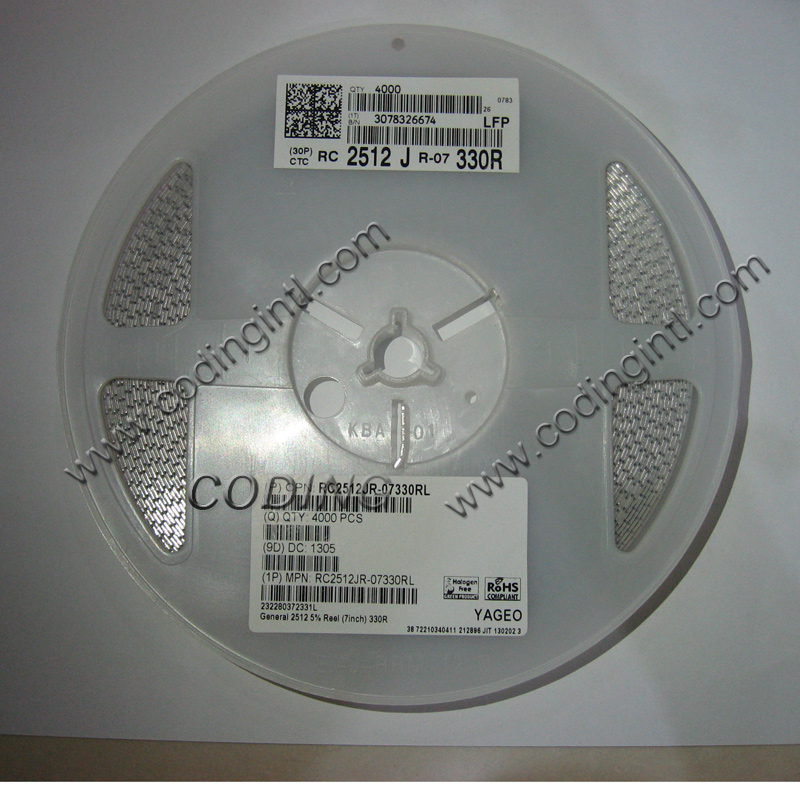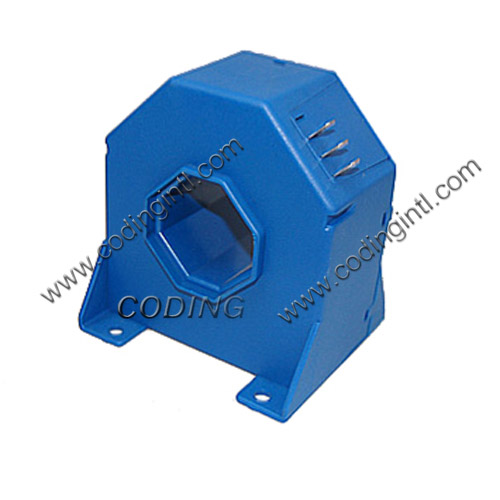High-Rel Intelligent Power Modules Support 1,700V, 3,600A Apps
The design of Semikron’s SKiiP4 intelligent power modules (IPM) represents the combination of constant product development and improvement, and years of hands-on experience, state-of-the-art packaging technology, and reliable digital signal transmission technology. Optimized for applications rated to 3,600 A with a maximum Udc of 1,700 V, the IPMs feature six half bridges connected in parallel on one heat sink. Current-carrying capacity is increased by 50%, allowing for even more compact and powerful solutions, e.g. in switching cabinets.
The new modules meet the demand for increasingly higher power-density designs at no compromise to reliability. In this context, thermal and load-cycle capability are the relevant keywords. In traction applications, for example, trams cool down at night to below zero, while on start-up they can reach temperatures of up to 100°C.
The optimum assembly and connection technology used here, which eliminates the base plate altogether, guarantees this capability even in extreme, harsh, external ambient conditions. Maximum load-cycle capability is achieved by removing the final solder layer from the power part, where sinter technology is now used instead. Thanks to IGBT4 and CAL4 technology, the SKiiP4 IPM offers high power density, making it powerful and, at the same time, compact. The Table lists the SKiiP4′s characteristics.
THE TECHNOLOGY
The new IPMs feature base-plate-free SKiiP technology, in which the chips are — as in the past — pressed onto the substrate and heat sink by way of mechanical pressure. The solder-free pressure system and integrated laminated power rails ensure equal current distribution. Each of the IGBTs and diodes are connected to the main terminal separately, which keeps the internal load resistances and losses to a minimum.
The new power-rail system fulfils several functions at the same time. It presses the direct copper bonding (DCB) onto the heat sink, whereby the large number of contacts distributed across the entire DCB surface ensure uniform contact integrity with the heat sink. Additionally, these contacts function directly as a current flow medium. The laminated structure allows for low-inductance and low-resistance connections between the contacts and the silicon chips, providing good dynamic current distribution between the parallel IGBTs.
The new IPMs offer a five-fold increase in thermal-cycling capability compared with conventional power modules with a base plate. This is because traditional modules use different materials — such as copper, ceramics (e.g. Al2O3), and silicon — which each have a different coefficient of thermal expansion. With passive temperature changes, different degrees of expansion occur in different materials which leads to fatigue in the soldered layer connecting, for example, the ceramic substrate and the base plate. As a result, the thermal resistance increases substantially, ultimately resulting in module failure (Fig. 1).
In the past, solder was the material of choice for connecting the semiconductor die to the substrate. However, solder alloys are limited in handling higher die operating temperatures due to relatively low melting points of 220°C. In SKiiP4 modules, the soldered layer between the silicon chips and the DCB substrate is replaced entirely by a sinter layer.
With this connection technology, the chips are first positioned on a silver-paste layer, to which pressure is applied, to create a permanent connection between the DCB and chip. This thin silver layer, which has a lower thermal resistance than a solder connection, has a melting point of 960°, which prevents premature material fatigue. The SKiiP IPM’s durable silver connection — with a six-fold improvement in melting temperature compared with a traditional solder connections (Fig. 2) — leads to a higher load-cycling capability than modules with soldered chips.
Optimum assembly and connection technology also requires the right choice of IGBTs and diodes. To offer maximum junction temperatures of Tjmax = 175°C, SKiiP4 modules use IGBT4 technology from Infineon in both the 1,200-V and 1,700-V modules. CAL4 freewheeling diodes developed by Semikron likewise allow for a maximum junction temperature of 175°C.
GATE DRIVER
Digital technology, of course, is increasingly popular and finding use in many power electronics applications. Until fairly recently, signals had been transmitted via edge-triggered transmission, i.e. the signals were transmitted to the secondary side with a series resonance circuit in which the signals are detected by an edge memory.
With digital transmission, a permanent data flow consisting of 0s and 1s is used. From an electronic point of view, this means clear signals. Unlike analog technology, digital transmission achieves a high level of signal integrity.
Temperature dependencies, parameter fluctuations, or the lack of long-term circuit stability, all of which are typical in analog systems, can be ruled out. A further advantage of digital transmission technology for IGBT control is its robust, interference-free, and temperature-independent transmission of any type of signal, including slow sensor signals.
The integrated gate driver is another key element in the new IPM series. The PCB receives the controller-regulated input signals and transmits these to the high-voltage side by way of fully isolated transmission, and, in doing so, controls the IGBTs. Signal transmission is differential, which means the signals are compared and subtracted from one another, resulting in a distinct signal. Normally, both outputs of the pulse transformer are equally compromised by interference signals that may occur. By subtracting the two different output voltages from one another, the interference signal can be cancelled out.
Pulses generated by the internal digital logic (FPGA) are of a defined length and shape and are evaluated differentially. A powerful bridge on the primary side generates voltage signals which are transmitted by transformers to the secondary side by way of galvanic isolated signal transmission. On the secondary side, the signals are received by a differential comparator and passed on to secondary-side FPGAs for further signal processing (Fig. 3 and Fig. 4).
The primary function of a gate driver is to convert switching signals into a single powerful switching signal. The IGBTs must be switched safely in short-circuit and other overload conditions, as well as during normal operation. Therefore, controlled IGBT turn-on and turn-off to optimize switching and reduce switching losses is crucial (Fig. 5).
Every SKiiP4 IPMs have two independent driver boards consisting of a driver core and a contact board. Using two separate boards ensures optimum heat distribution and variability (Fig. 6).
Internal protective functions, such as undervoltage monitoring (primary and secondary side), short-pulse suppression, and short-circuit monitoring are included. The devices also offer other features, including monitoring and output of other analog signals such as current, temperature, or even dc link voltage. Thus, the system protects itself, but also passes on important application parameters to the user at the same time. A diagnosis channel with CAN-Open functionality guarantees optimum evaluation.
HIGH RELIABILITY
To offer designers maximum-reliability IPMs, an optional burn-in test is available in addition to the standard function tests that every system undergoes before it leaves the production site. This test, which lasts between 60 and 90 min, checks the basic function and stress of the IPM in worst-case, real-inverter conditions.
The aim of this test is, for example, to detect premature failure in individual IGBT cells and remove them from the module. In 2008, around 80% of the SKiiP3 modules sold underwent this test. The designer may choose between 1Q or 4Q operation; the test suits air- or water-cooled systems.
This article by blogcoding original compilation, please indicate the source:http://www.codingintl.com/blog/1188.html



![[ thick film chip resistor ]Lightning Surge Withstanding Resistor [ thick film chip resistor ]Lightning Surge Withstanding Resistor](http://www.codingintl.com/blog/wp-content/uploads/2014/10/Chip-Resistor4.jpg)

Post a comment